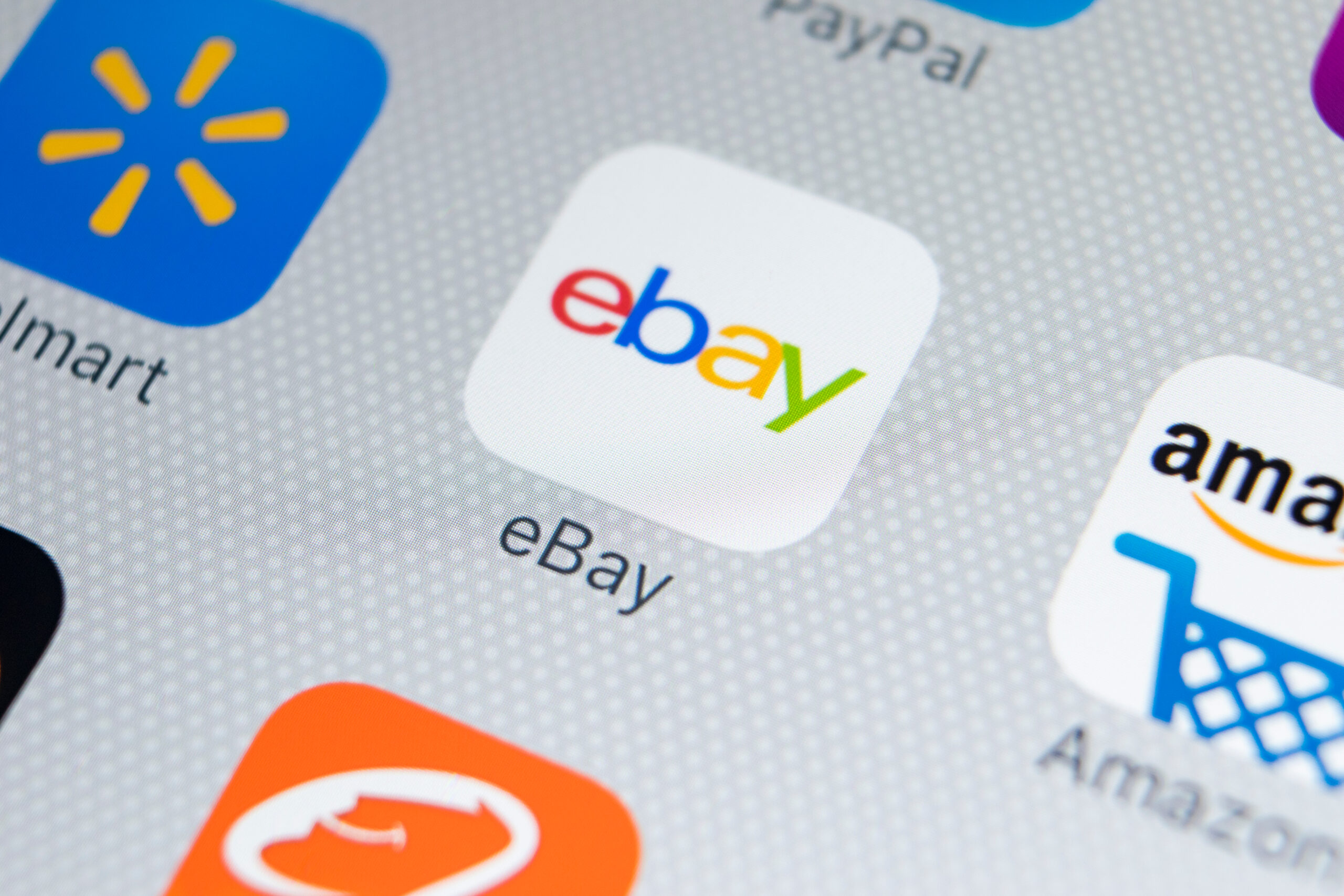With London Fashion Week (ss16) about to get under way, David L. Cunningham Jr., chief operating officer at FedEx Express writes for eDelivery on the importance of navigating your way through customs on international trade, particularly in the fashion sector.
Fashion is an international business, and the world is a burgeoning marketplace. The global fashion trade is on a double-digit growth trajectory driven by developing economies,[1] and big retailers are not the only beneficiaries. Start-ups and smaller entrepreneurs are finding fresh growth potential cross-border in the form of new customers, or unique finishes and componentry for garments. The potential for UK businesses in the sector to find fast and sustainable growth is clear: in 2014, the fashion industry contributed £26 billion to the UK economy[2].
However, whether it’s sourcing, manufacturing or selling fashion items internationally, getting smart on customs can make or break a budding empire. So, if you’re a fashion entrepreneur ready to take the next step of either sourcing or selling items internationally, here are some tips on navigating customs to get you started.
1) Check textile quotas and licensing requirements.
The textile industry has long been the subject of global trade negotiations. In the 1960s there was a complex global quota system, which has since been abolished. However some countries still maintain select quotas[3], such as Costa Rica, which controls trade in certain wool fabrics. Markets such as Mexico require textile or material importers to hold a license or visa.[4]
2) Review banned or restricted substances lists.
Many textiles and materials used by the fashion industry contain plastics or chemicals, which are subject to ban or restrictions, such as textiles containing formaldehyde in Europe. Obtain a list of banned substances from local authorities, and check with vendors that textiles and materials pass the test before purchasing.
3) Be sure valuations are accurate and goods are clearly labelled in detail.
When importing or exporting goods, make sure to provide an accurate valuation to calculate duties along with a detailed description of the contents of a shipment – for example rather than ‘bolt of silk’, the description should read ‘bolt of blue silk with embroidered detail’. These details will help customs officials to calculate the duties and taxes to be paid on shipments.
4) Check the authenticity of goods and report any counterfeit products.
It is estimated the sale of counterfeit goods makes up 10 percent of fashion trade with belts, handbags and shoes the most popular items.[5] We’re not just talking heavily branded bags and clothing – today’s counterfeit goods can be much harder to detect. You may inadvertently find yourself sourcing (or being subject to) ‘knock-off’ merchandise to complete a seasonal line-up.
Sourcing or selling goods internationally can seem complex however there are a range of organisations that can assist, from government agencies to transportation partners. Open to Export, sponsored by UK Trade & Investment (UKTI), is an excellent resource to get started on building your fashion brand internationally. Once you’re on your way, talk to your transportation provider to find out how tools such as FedEx Global Trade Manager can help estimate duties and taxes, manage documentation and gain up-to-date insights into local market conditions.
==============================









